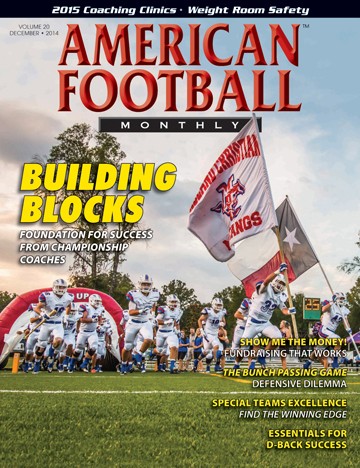Article CategoriesAFM Magazine
|
Strength Report: Teaching the Clean: From A to Z (Part I)by: Zac WoodfineDirector of Sports Performance, University of Alabama at Birmingham © More from this issue We are constantly teaching our athletes how to move better and more efficiently. Our whole program is based on the concept of clean movement patterns, which is stability and mobility through the hips, trunk, and thoracic spine. From there, the ability to control your own body in space, then finally strengthening movement patterns that will benefit movements and learning how to generate, apply, and receive force in any way needed to perform better are our goals. Most of us that played high school and/or college athletics have probably at one time lifted a barbell from the ground to your chest, the exercise better known as a clean. The objective was to put as much weight on the bar as possible and get it up by all means necessary. In other words, the focus was on how much, not how to? I was one of those guys who tried....The full article can only be seen by subscribers.
|
|
|||||||
| HOME |
MAGAZINE |
SUBSCRIBE | ONLINE COLUMNISTS | COACHING VIDEOS |
Copyright 2026, AmericanFootballMonthly.com
All Rights Reserved





